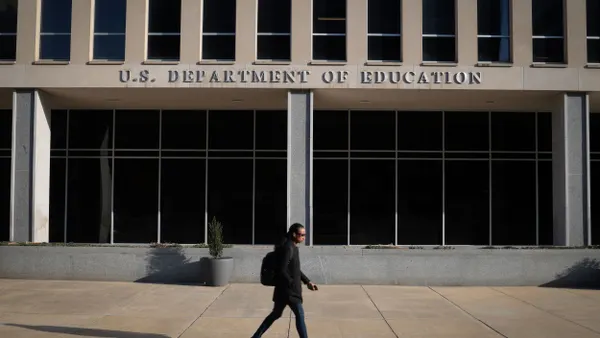Dive Brief:
- Individual planning time for elementary school teachers ranges from as little as 15 minutes to as long as an hour and 22 minutes across 124 of the largest school districts in the country, according to a new analysis of planning and collaboration time from the National Council on Teacher Quality.
- At the secondary level, some teachers receive less than a half hour for planning, while in one district — the Fresno (CA) Unified School District — teachers have more than three times that amount. Overall, districts allot an average of 45 minutes per day at both the elementary and secondary levels.
- In only about a third of the 124 districts, teacher contracts specifically address collaboration and only about half of those say that collaboration is required. The rest treat collaboration in a variety of ways, such as saying teachers can use planning time to work with peers or leaving it up to the principal’s discretion.
Dive Insight:
The findings were drawn from NCTQ’s Teacher Contract Database, which includes answers to over 100 policy questions and includes information on teacher contracts, salary schedules and board policies from 147 school districts and two charter management organizations. It also includes state laws related to teachers.
“While salary often dominates news headlines about teacher contract negotiations, time to plan is often just as precious to teachers,” they write, highlighting examples of how planning and collaboration time has figured into contract negotiations recently.
Planning and collaboration time has become increasingly important for teachers with the shift toward greater teacher involvement in curriculum design, a stronger emphasis on understanding and using student data to improve teaching and because of the belief that teachers learn more from their peers on a daily basis than from “sit-and-get” workshops.
Some research studies also point to the benefits of teacher collaboration on student achievement. School leaders sometimes have to get creative in order to find more time in the day for teachers to plan on their own and learn from each other. This report from the National Center on Time and Learning provides examples of how some schools have found additional time for collaboration through models such as blended learning.












